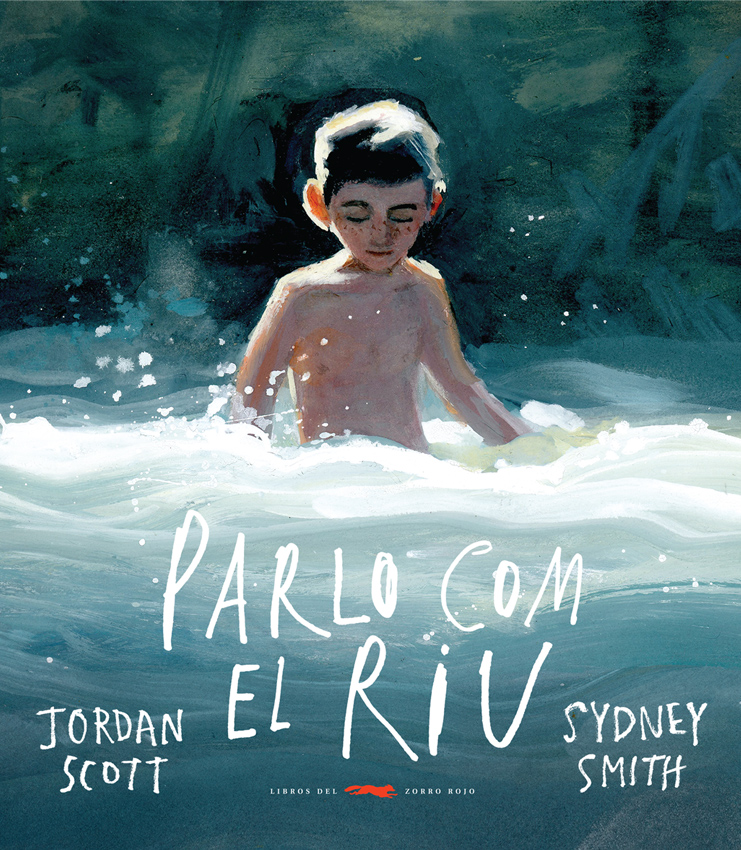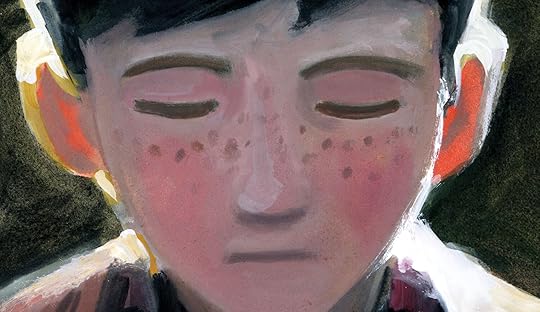What do you think?
Rate this book


44 pages, Hardcover
First published September 1, 2020
“The P
in pine tree
grows roots
inside my mouth
and tangles
my tongue.
The C is a crow
that sticks
in the back
of my throat.
The M in moon
dusts my lips
with a magic
that makes me
only mumble.”
"I feel a storm in my belly;
my eyes fill with rain.”




